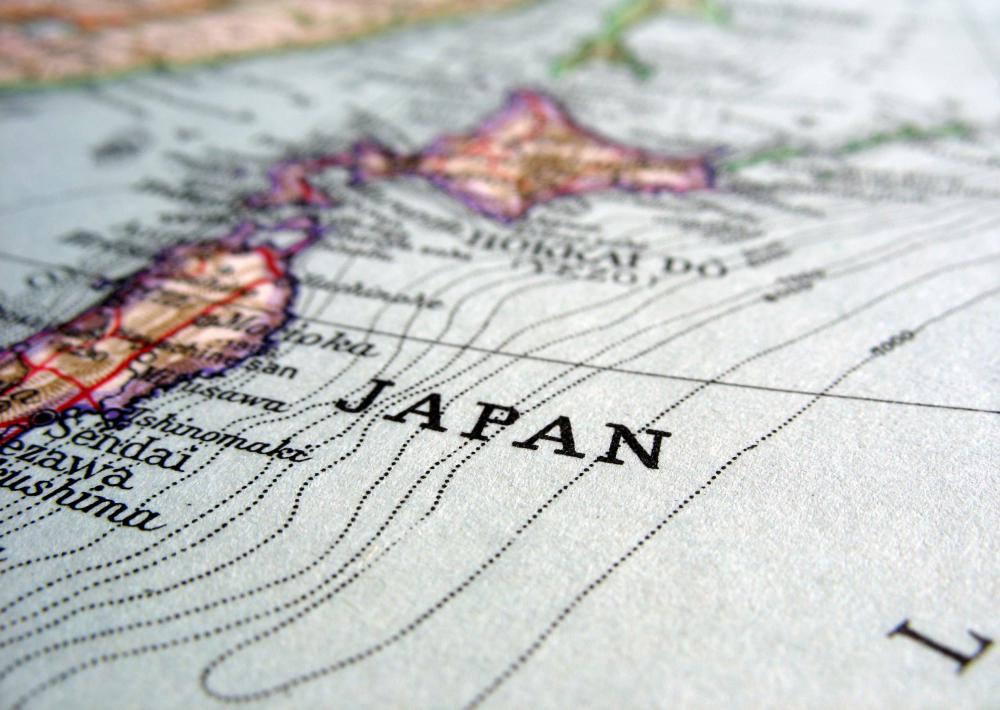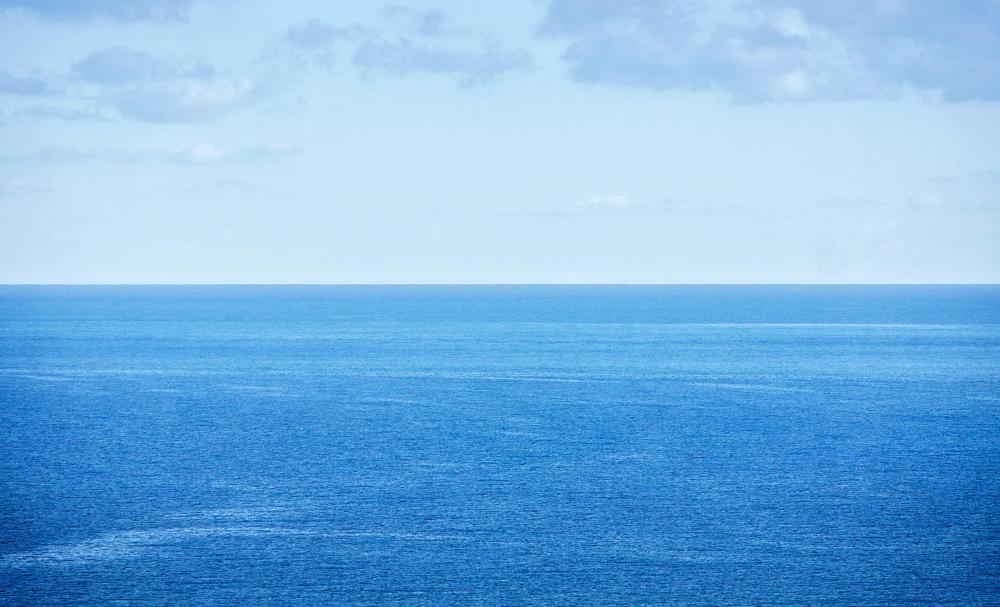At AllThingsNature, we're committed to delivering accurate, trustworthy information. Our expert-authored content is rigorously fact-checked and sourced from credible authorities. Discover how we uphold the highest standards in providing you with reliable knowledge.
What is a Japanese Eel?
A Japanese eel or Anguilla japonica is a fish found around China, Vietnam, Japan, and the Philippines. These fish are commercially valuable, especially in Japan, where they are known as unagi and are a highly prized delicacy. Several fisheries produce Japanese eels and they are also raised in captivity to meet demands. Overall numbers are declining and some researchers have suggested that there may be several reasons for this drop in numbers.
Like other eels, Japanese eels spawn in the ocean. The Japanese eel spawning grounds have been pinpointed to a very small area within the Pacific. Ocean currents pick up the eels in their larval form and allow them to reach the coastline so they can travel inland to mature. After several years in freshwater, the eels are matured and can travel back to the spawning grounds to reproduce.

The spawning ground is believed to be small because of the limited number of currents available. The adult eels need to be able to lay their eggs in a region with ocean currents that will carry the Japanese eel larvae in the right direction and very few spots in the open water offer the right mixture of ocean currents. This may be one reason why eel populations are declining, especially because some researchers believe that changes in salinity in the ocean may be confusing Japanese eels and leading them to spawn in the wrong locations.

The eels eat crustaceans they find on the ocean floor, along with insects and bony fish. Some Japanese eels will spend most of their time in saltwater, while others prefer freshwater, and they are highly adaptable fish capable of coping with environments that have varying degrees of salinity.
Aquaculture operations for raising the Japanese eel count on trapping larvae or so-called “glass eels,” immature eels getting ready to move into freshwater, because fish farmers have not been able to breed eels in captivity. Some scientists are concerned that aquaculture may be harmful to eel populations, as fish are captured before they have an opportunity to breed and produce more eels. This, combined with harvesting adult eels for the commercial market, may be another reason for the fall in the eel population.
In Japan, unagi is a popular dish, especially during the summer months. Eel can be prepared and served in a variety of ways at restaurants and at home. The Japanese eel is believed to confer vitality and vigor on people who consume it and it is among a family of foods that people may eat to treat specific medical complaints.
Frequently Asked Questions
What is a Japanese eel and where can it be found?
The Japanese eel (Anguilla japonica) is a species of freshwater and marine eel native to East Asia, including Japan, Korea, China, and Taiwan. They inhabit rivers and coastal areas, migrating to the ocean to breed. According to the International Union for Conservation of Nature (IUCN), they are considered a species of concern due to overfishing and habitat loss.
What does the Japanese eel eat?
Japanese eels are carnivorous and have a diverse diet that includes worms, crustaceans, insects, and small fish. Their feeding habits are opportunistic, meaning they will eat a variety of prey available in their environment. This adaptability in diet helps them to survive in different habitats.
How do Japanese eels reproduce?
Japanese eels have a fascinating life cycle that includes a long migration to spawn. They are born in the Pacific Ocean near the Mariana Trench and migrate thousands of kilometers to freshwater rivers. After living in freshwater for several years, they return to the ocean to spawn and then die, completing their life cycle.
Are Japanese eels endangered?
Yes, Japanese eels are considered endangered. Their populations have declined significantly due to factors such as overfishing, habitat destruction, and changes in ocean currents. Conservation efforts are underway to help protect this species, including aquaculture and stricter fishing regulations.
What is the cultural significance of the Japanese eel?
In Japanese culture, eels are highly valued both as a delicacy and for their supposed stamina-boosting properties. They are particularly popular during the summer, especially on the Day of the Ox, when eating eel is believed to provide strength and vitality for the rest of the year.
How is the Japanese eel used in cuisine?
Japanese eel is a prized ingredient in Japanese cuisine, known for its rich, fatty texture and is often grilled with a glaze of soy-based sauce in a dish called unagi no kabayaki. It's also served as unadon, a bowl of rice topped with eel, or in sushi and sashimi. The preparation of eel is considered an art form, with chefs undergoing extensive training to perfect the dish.
AS FEATURED ON:
AS FEATURED ON:












Discuss this Article
Post your comments